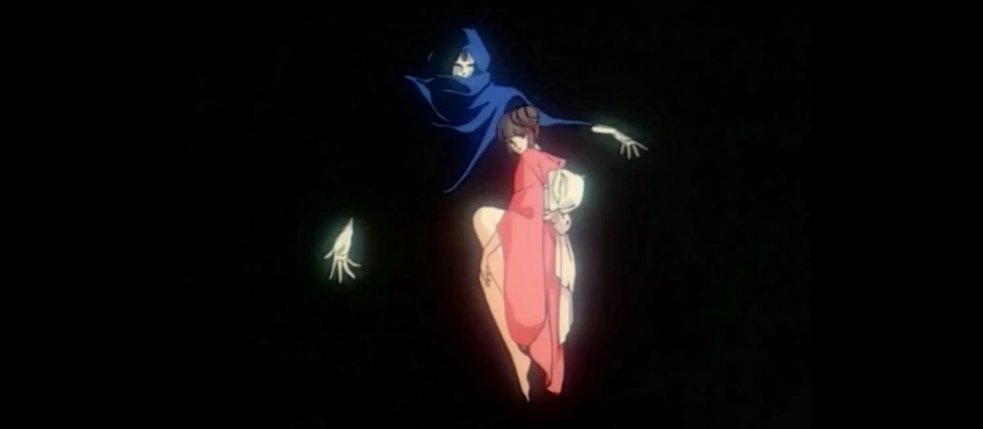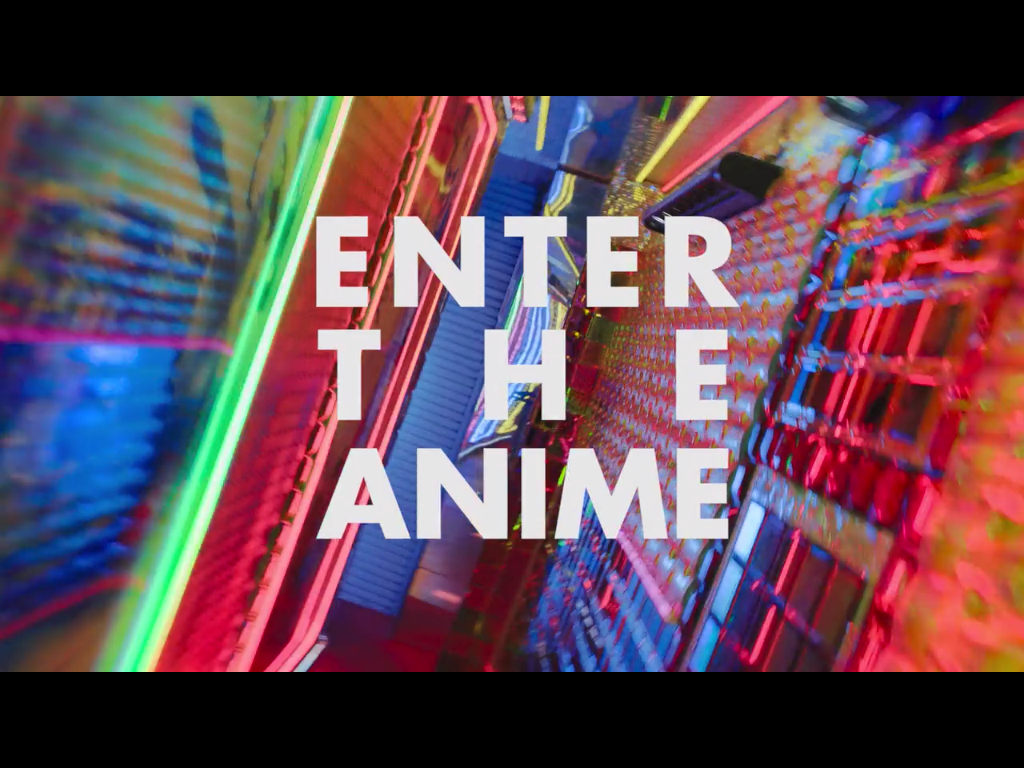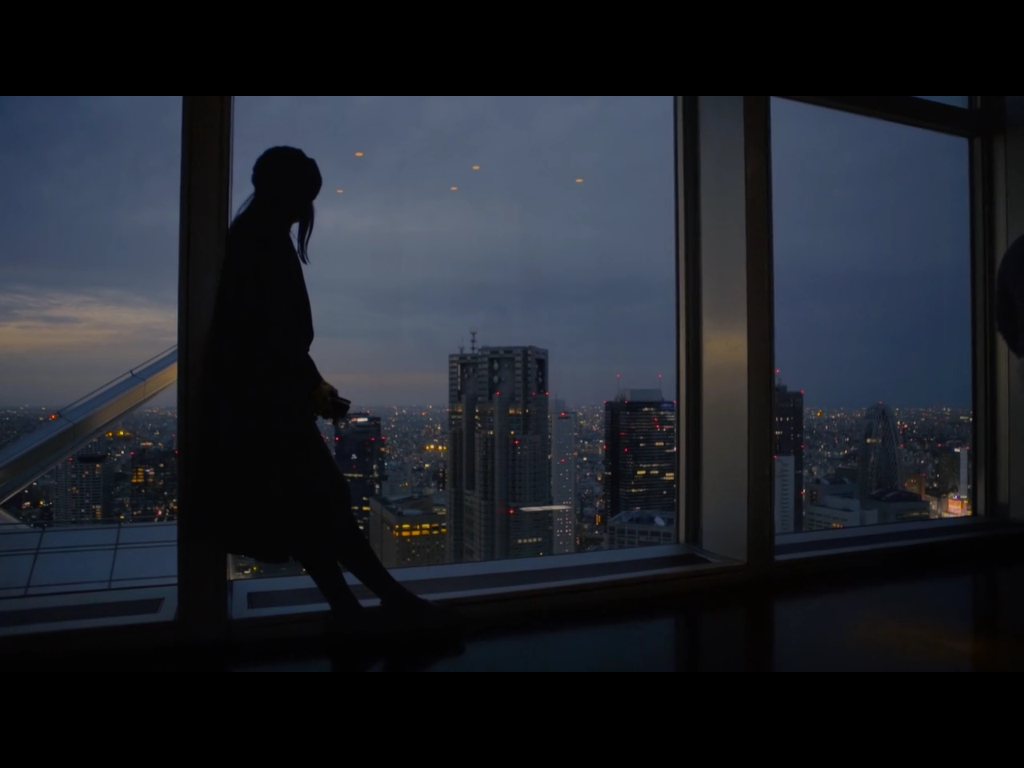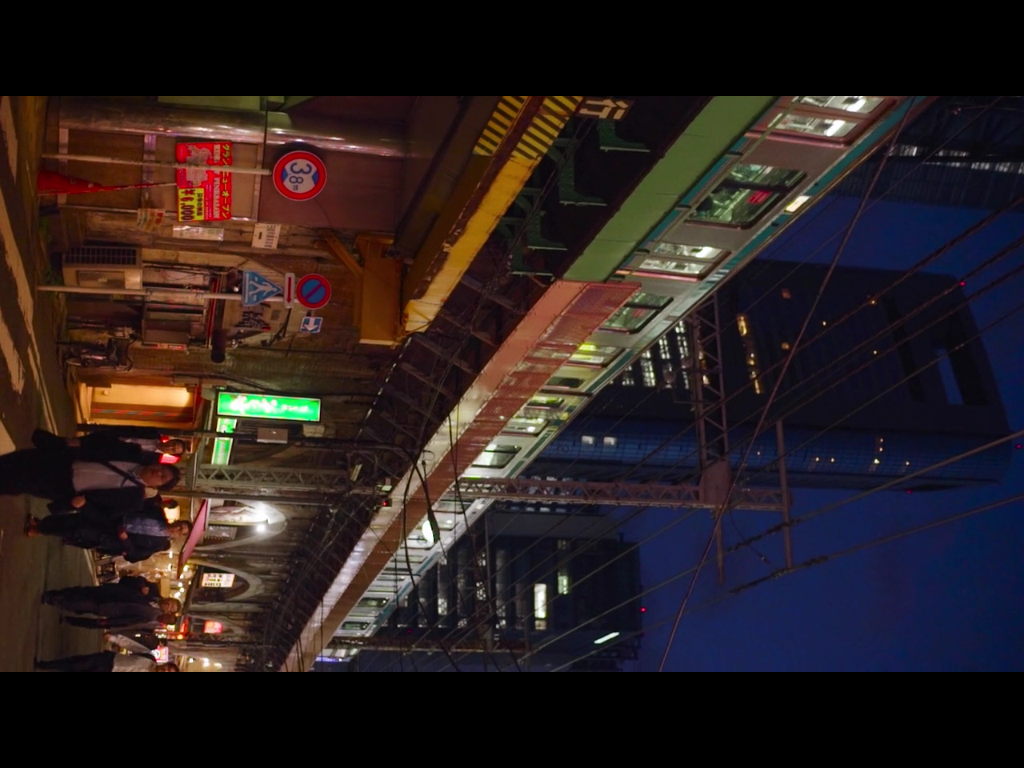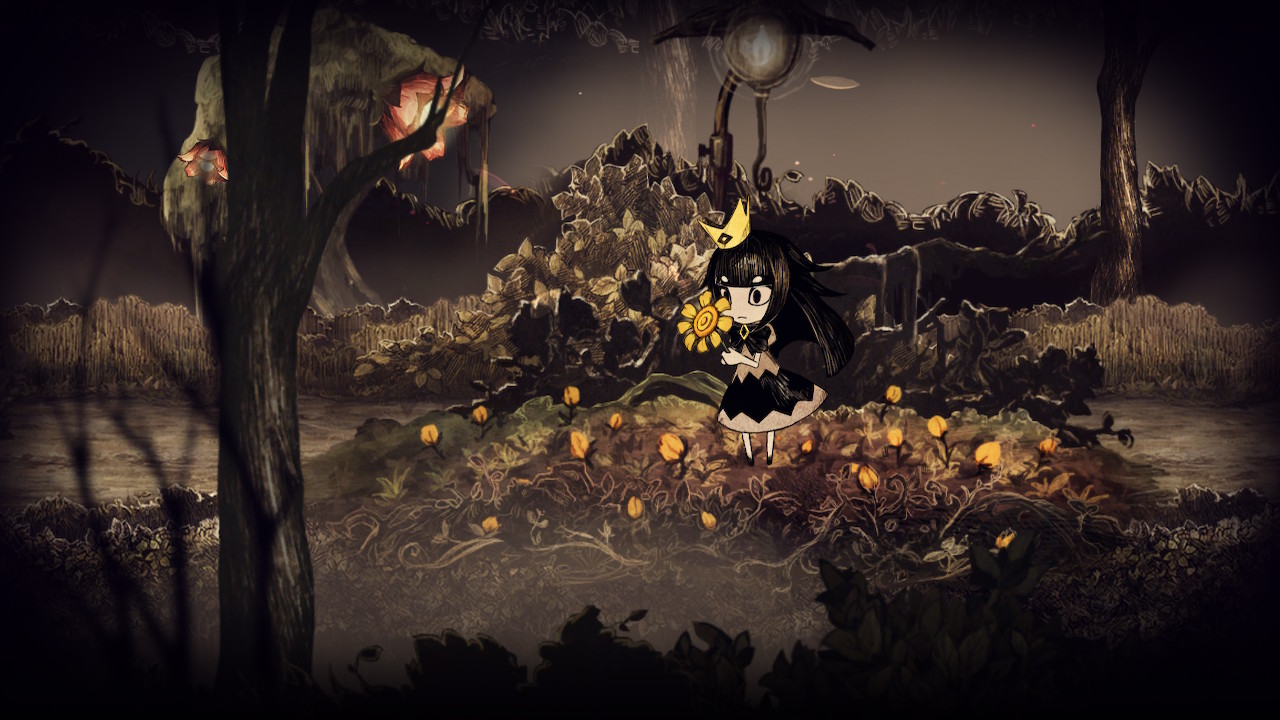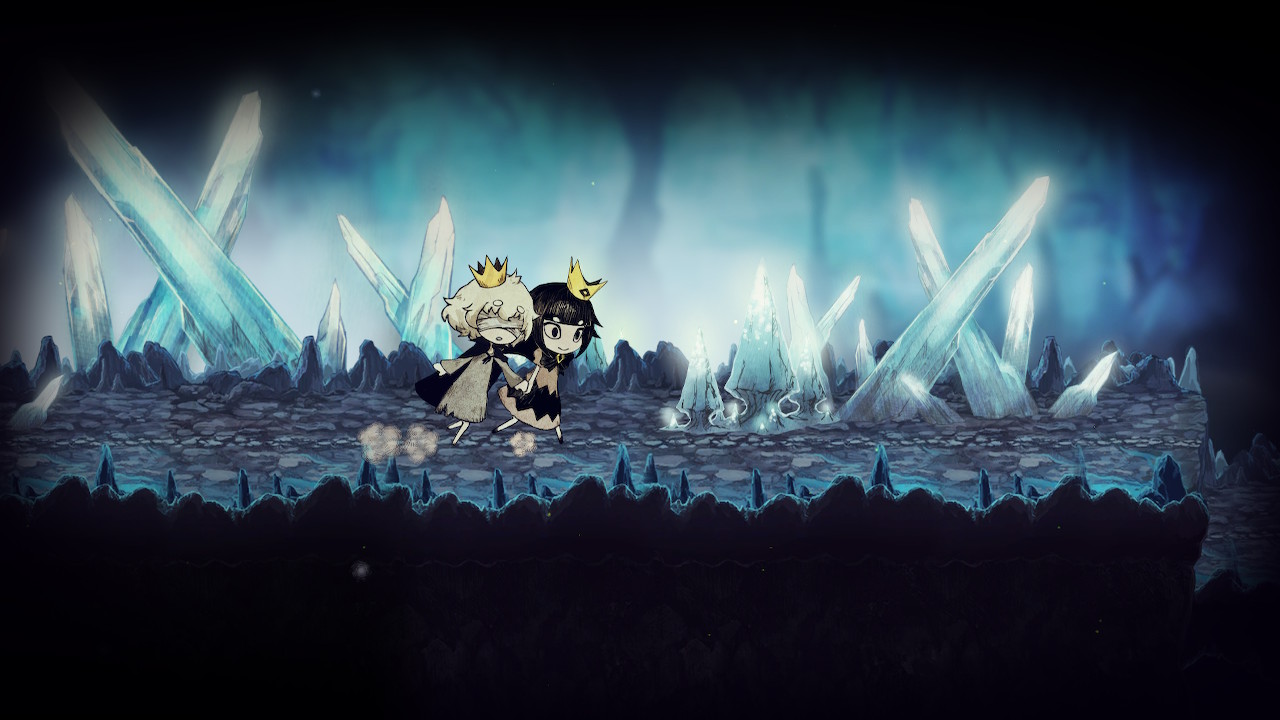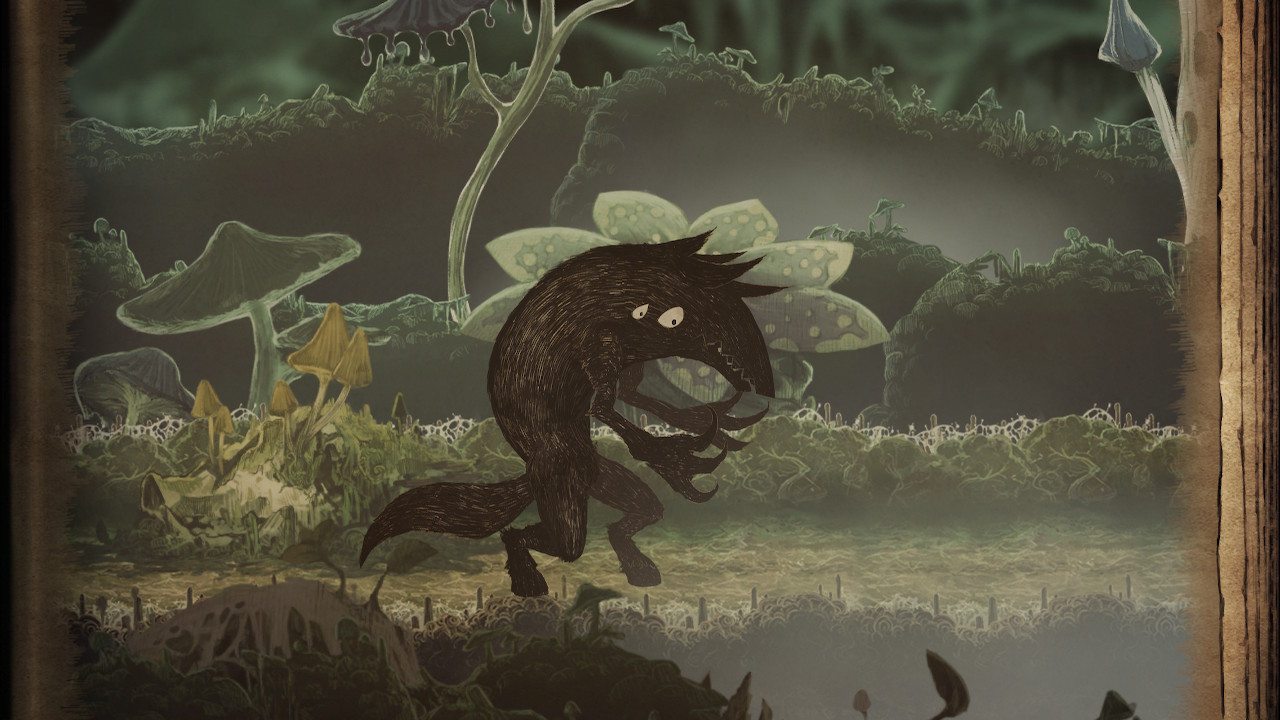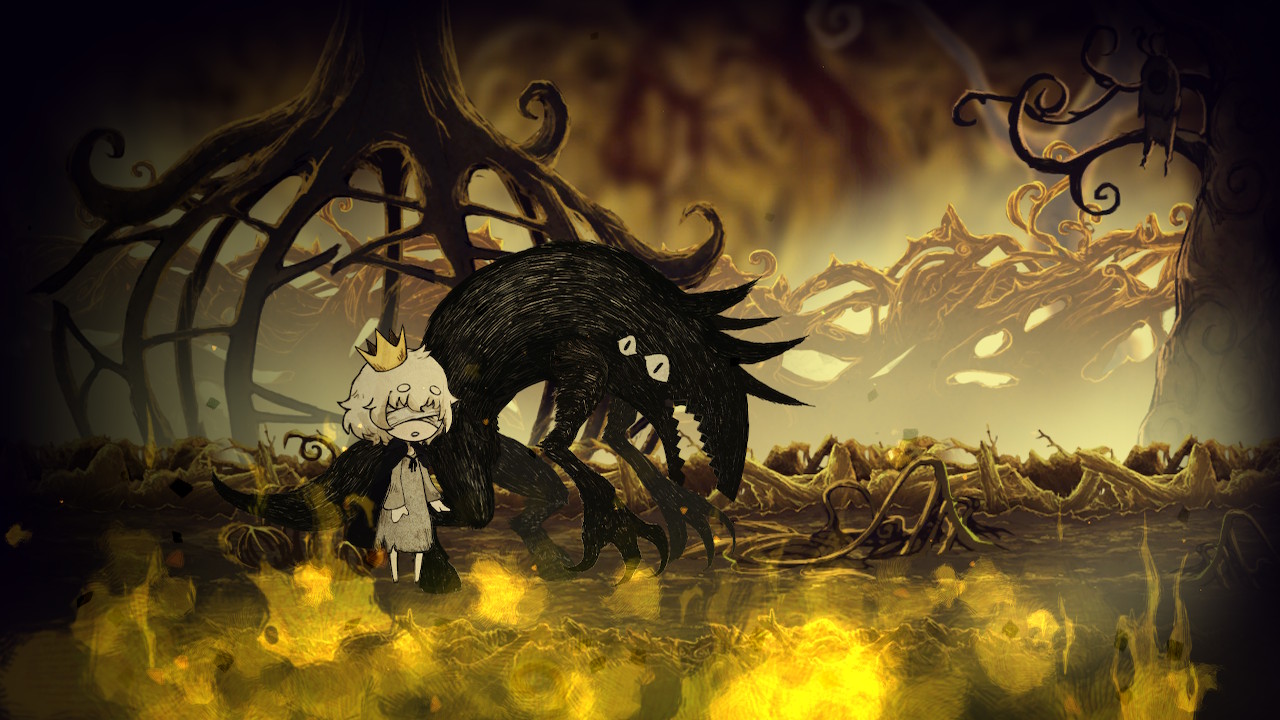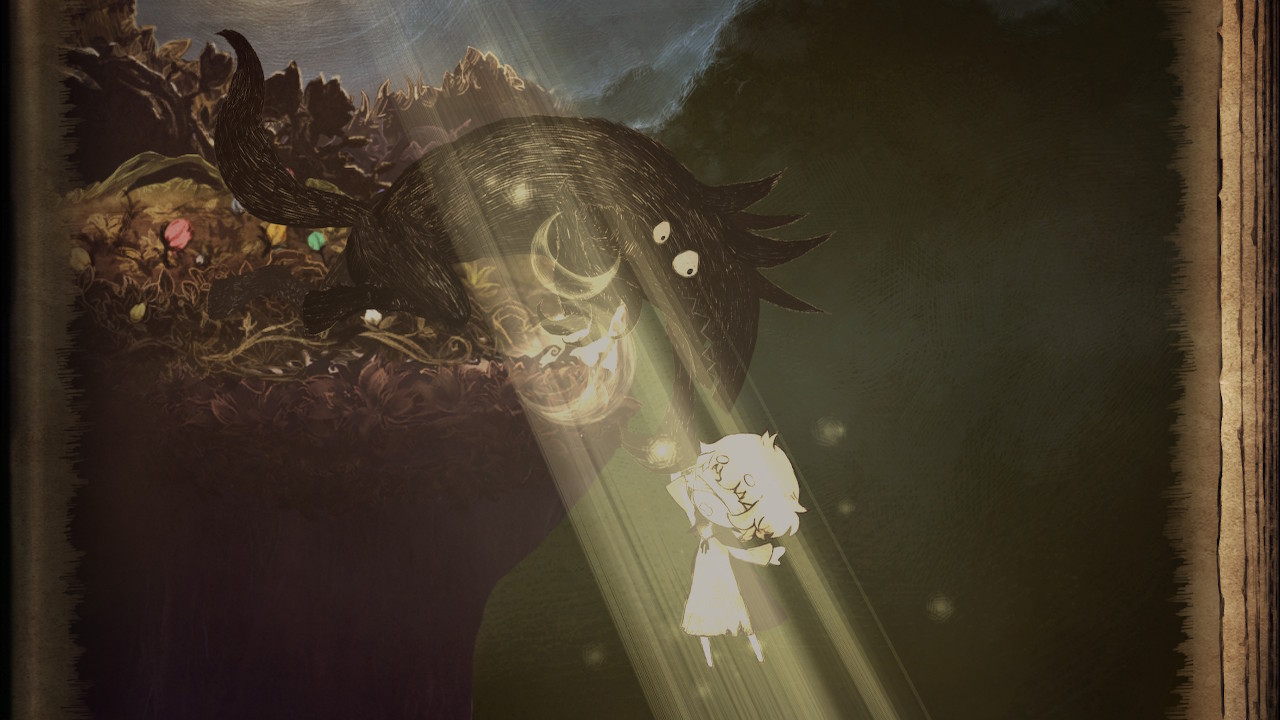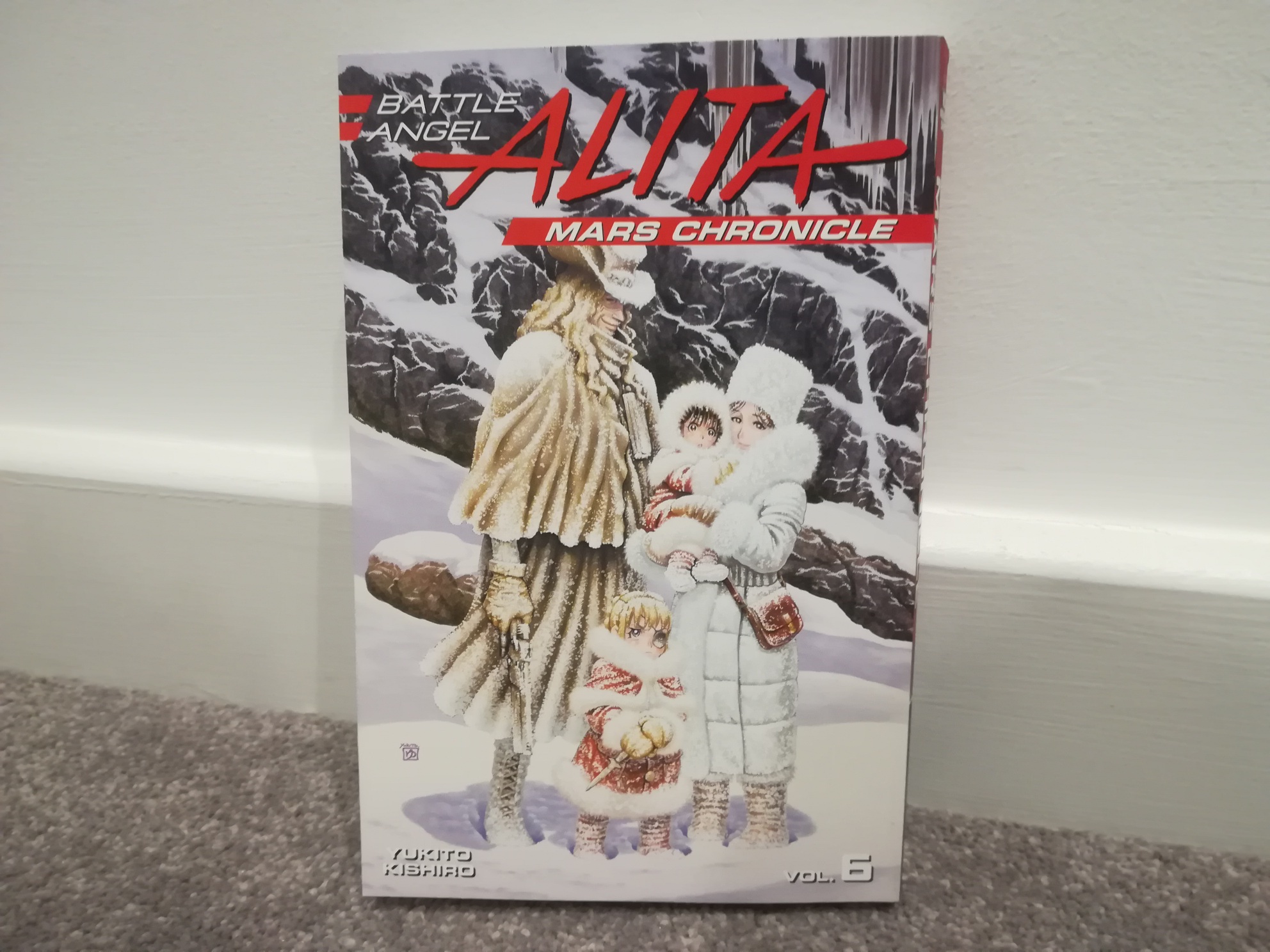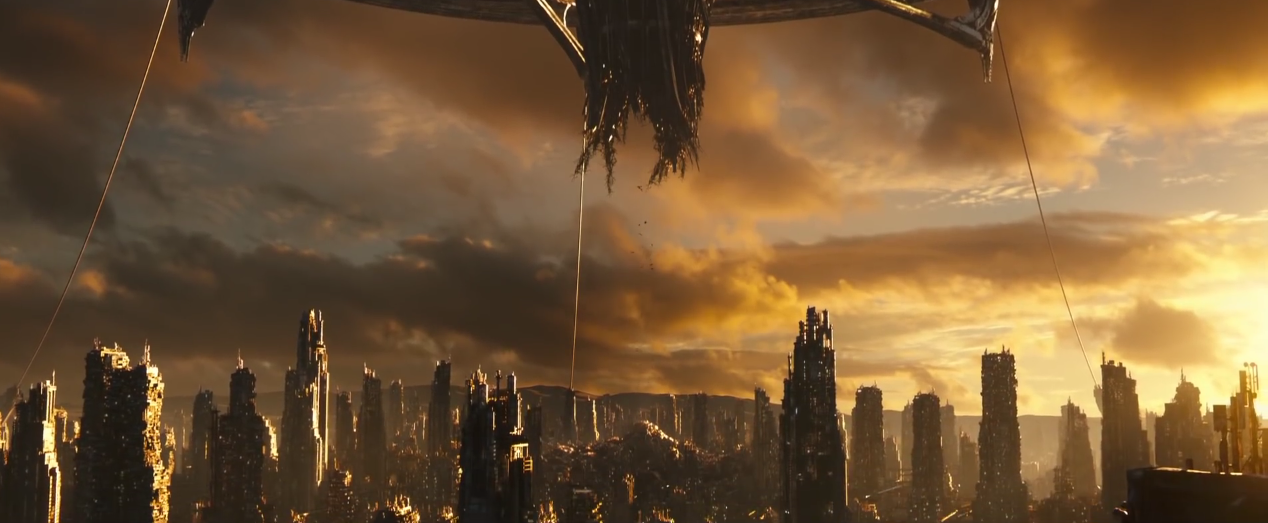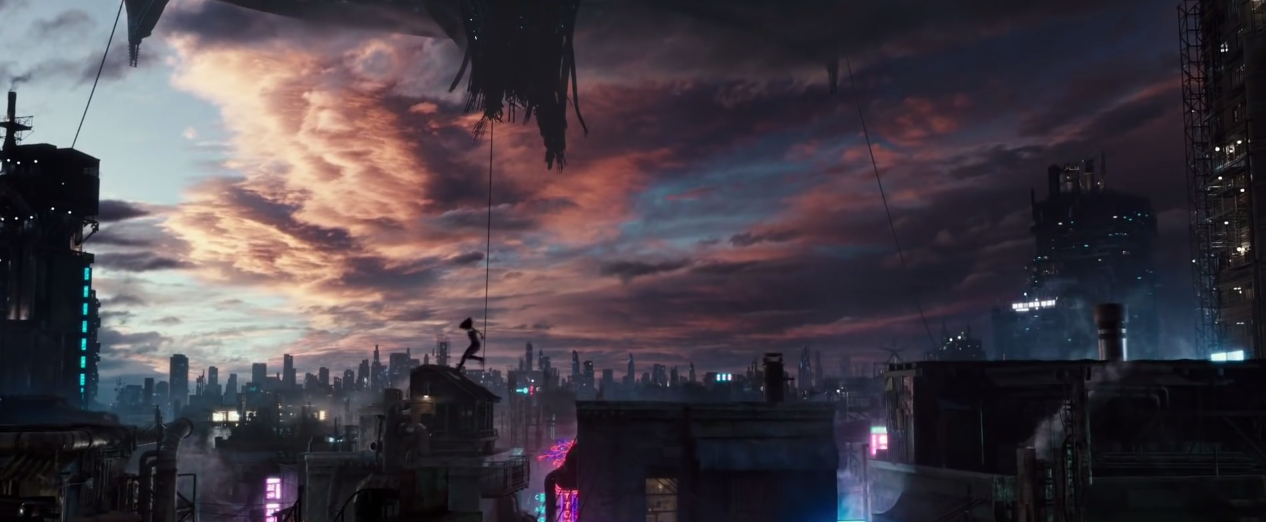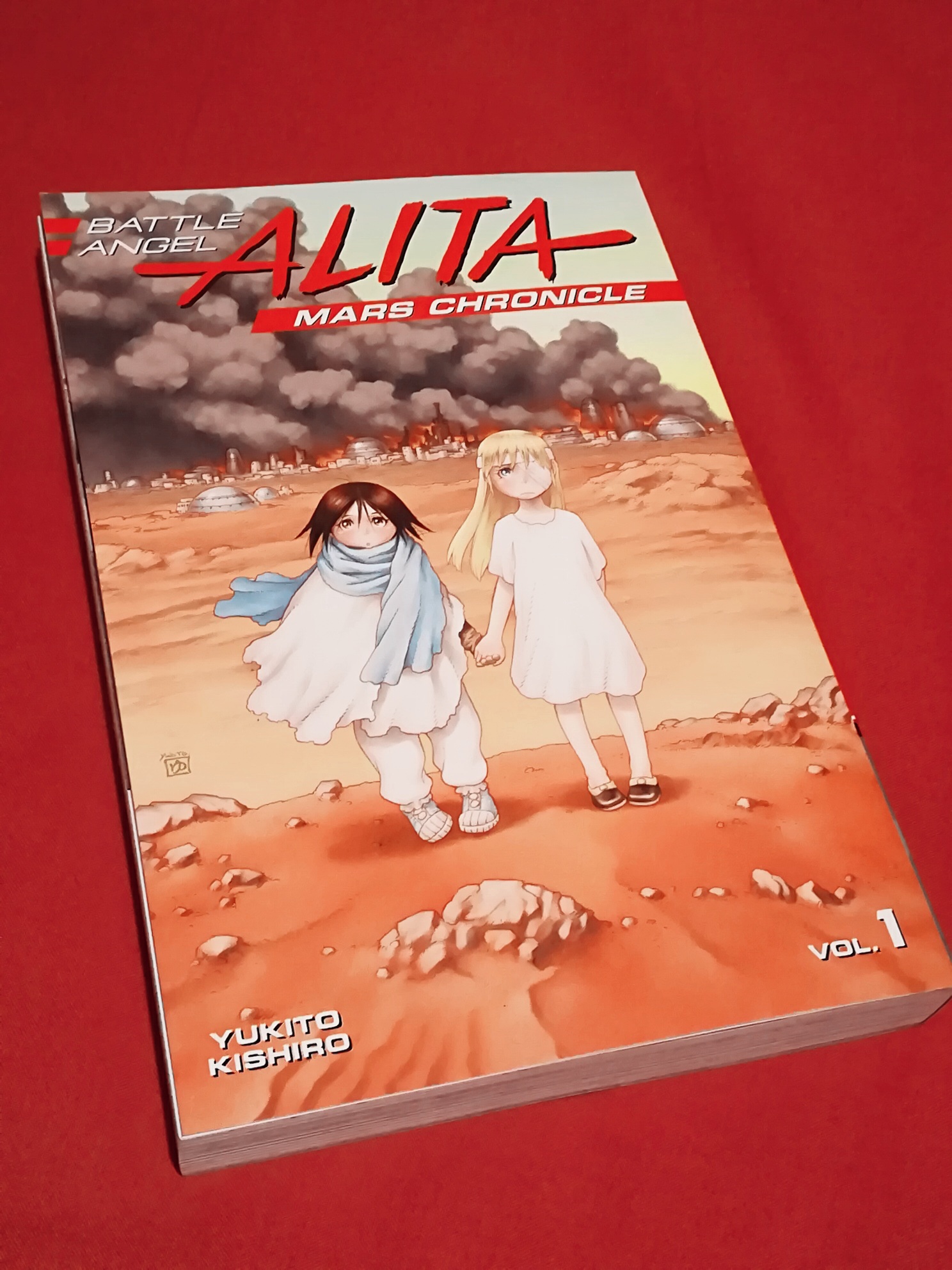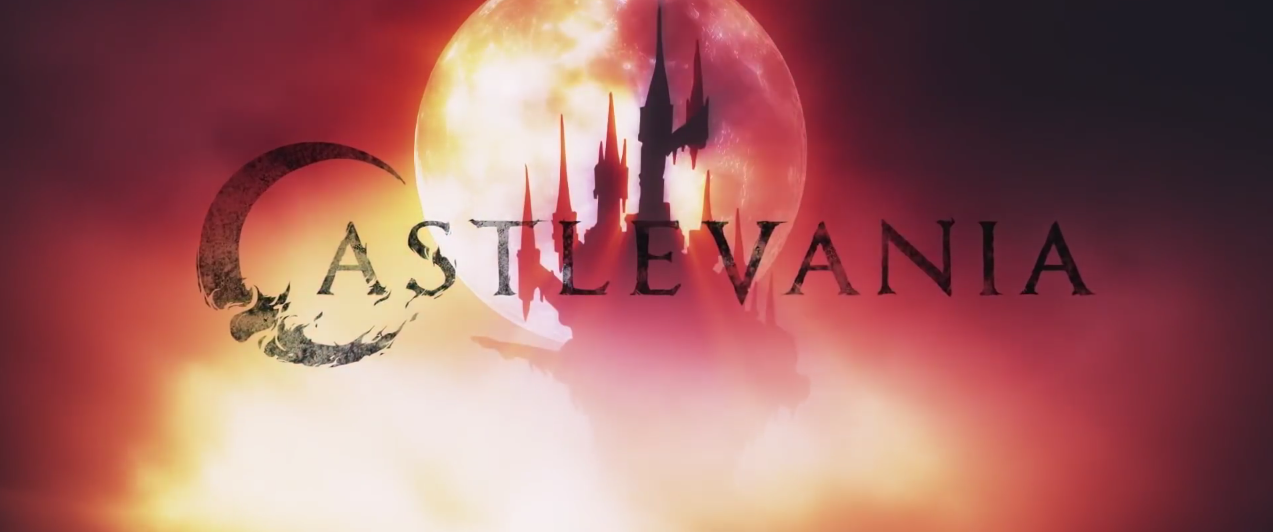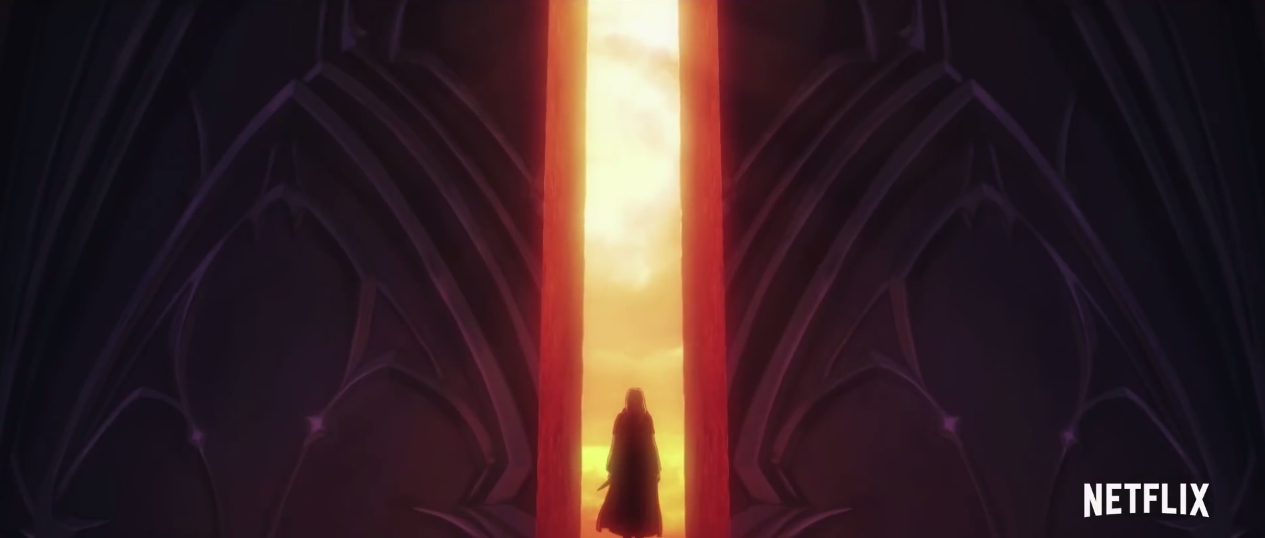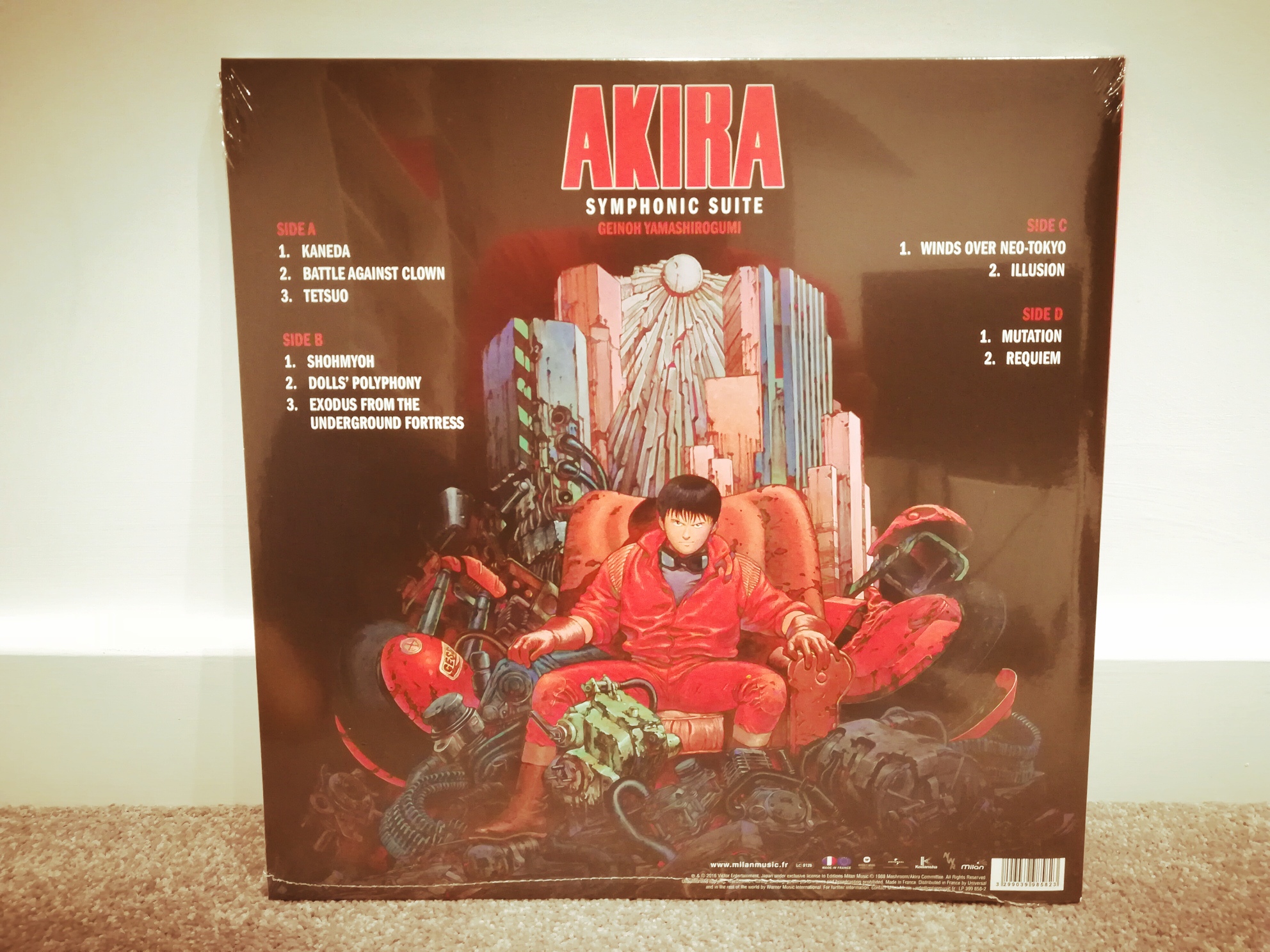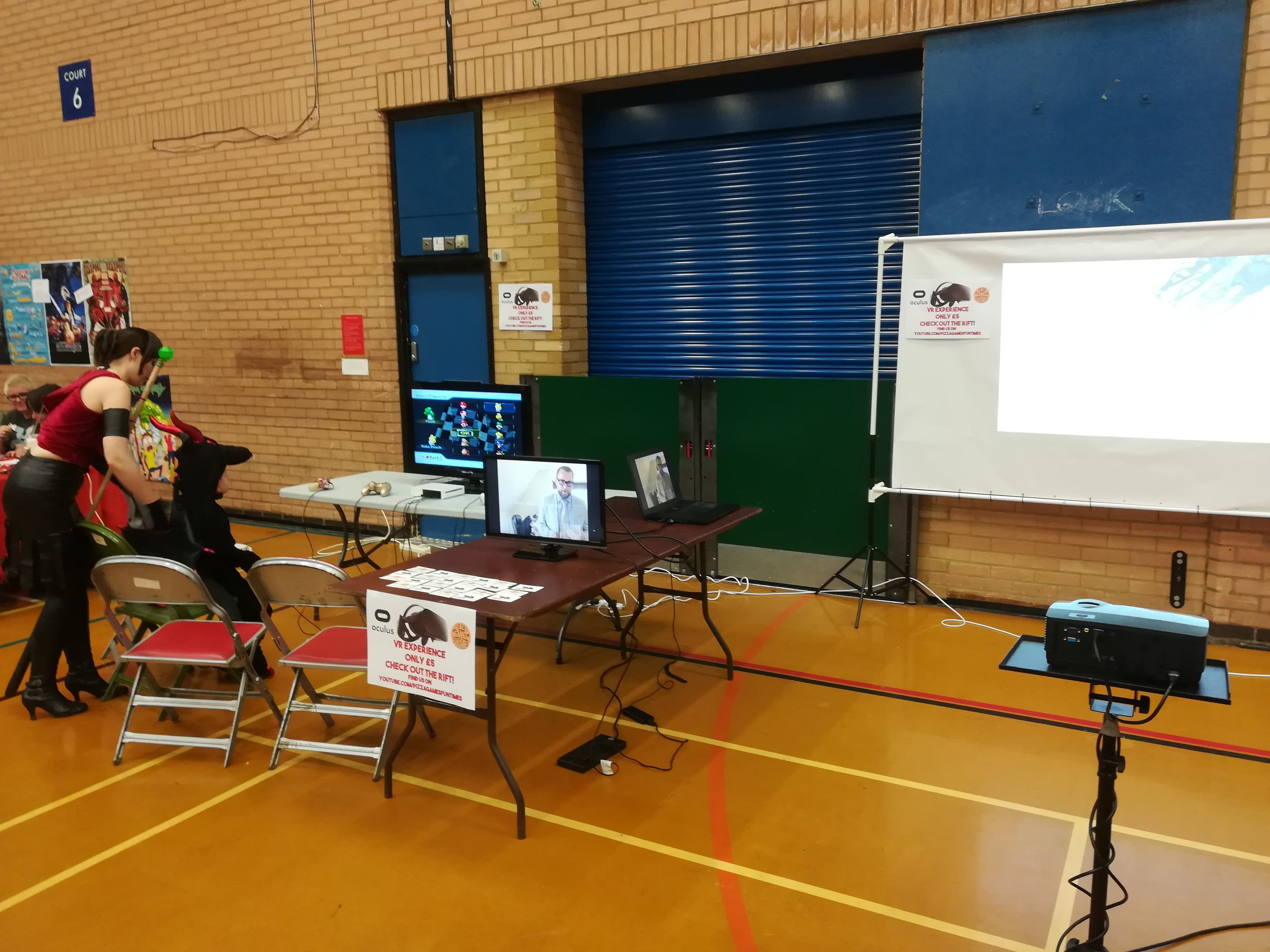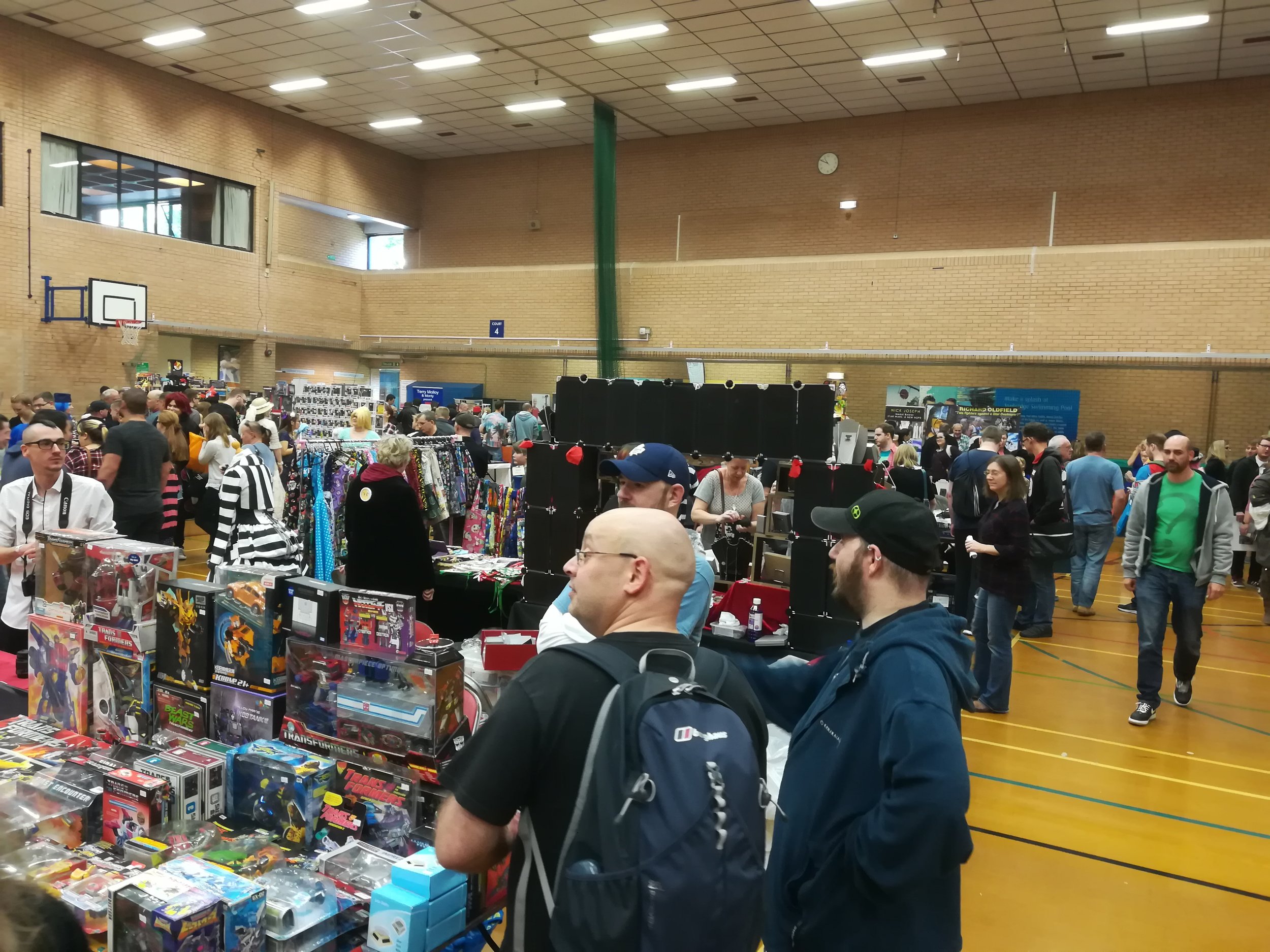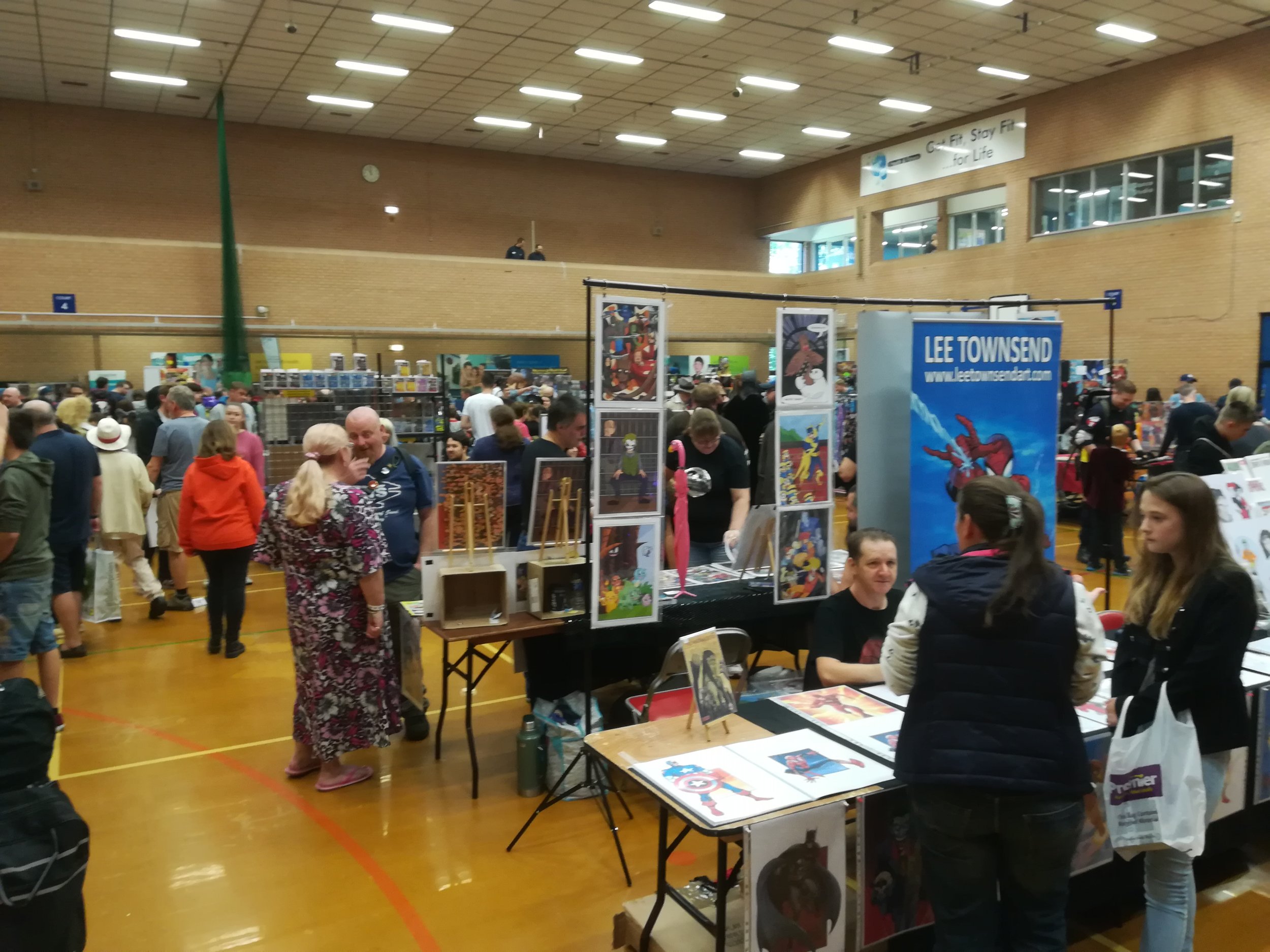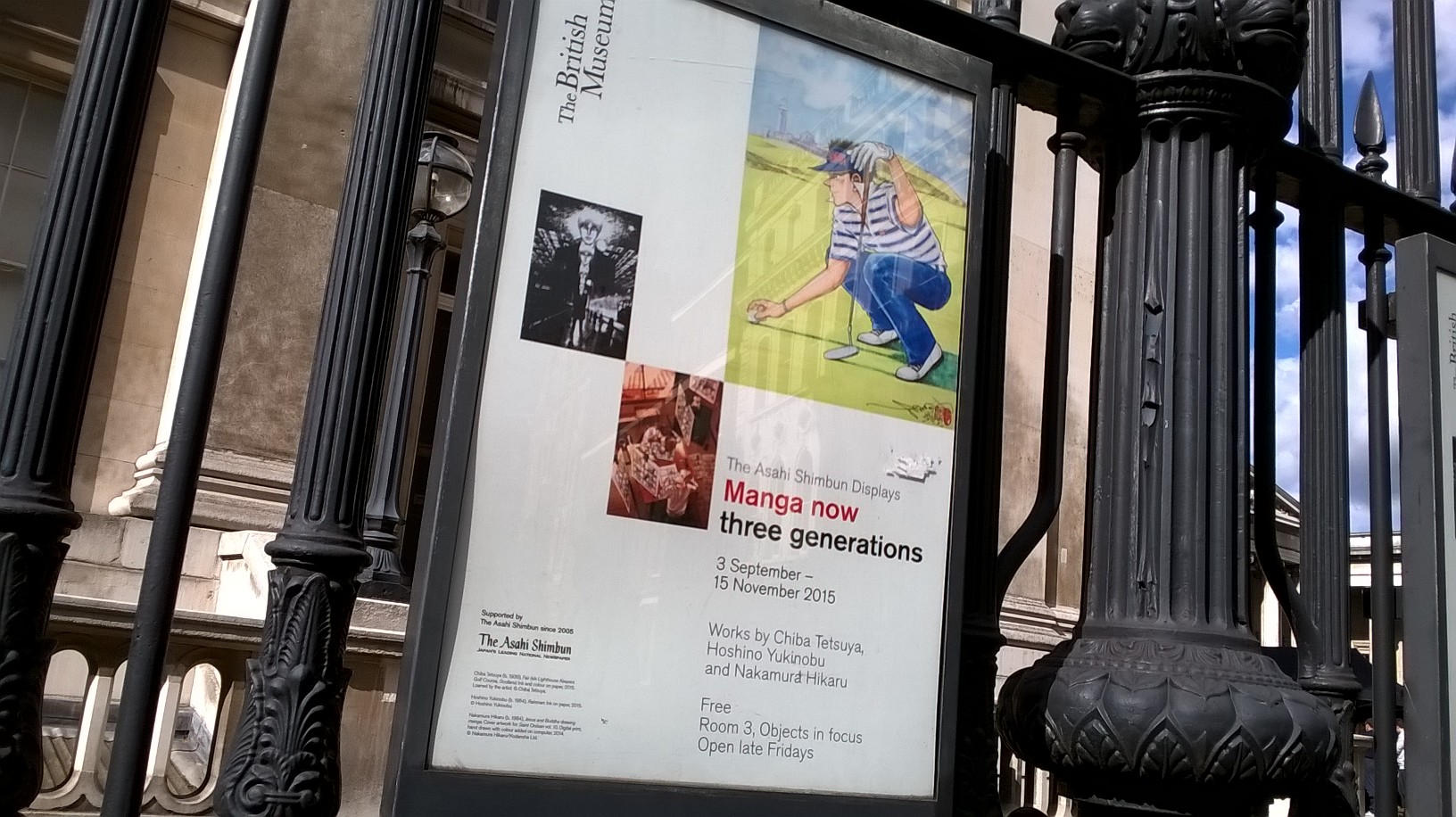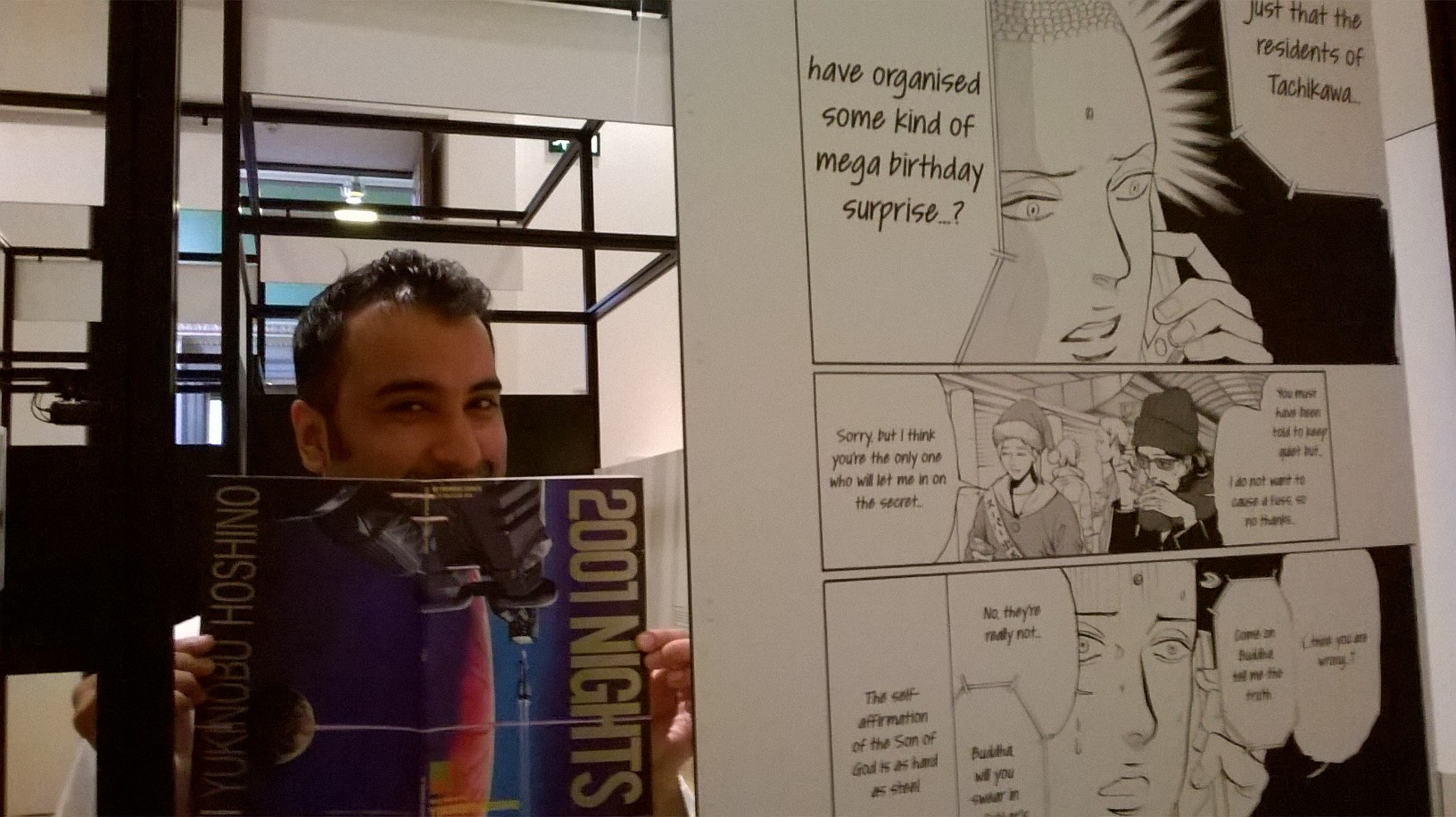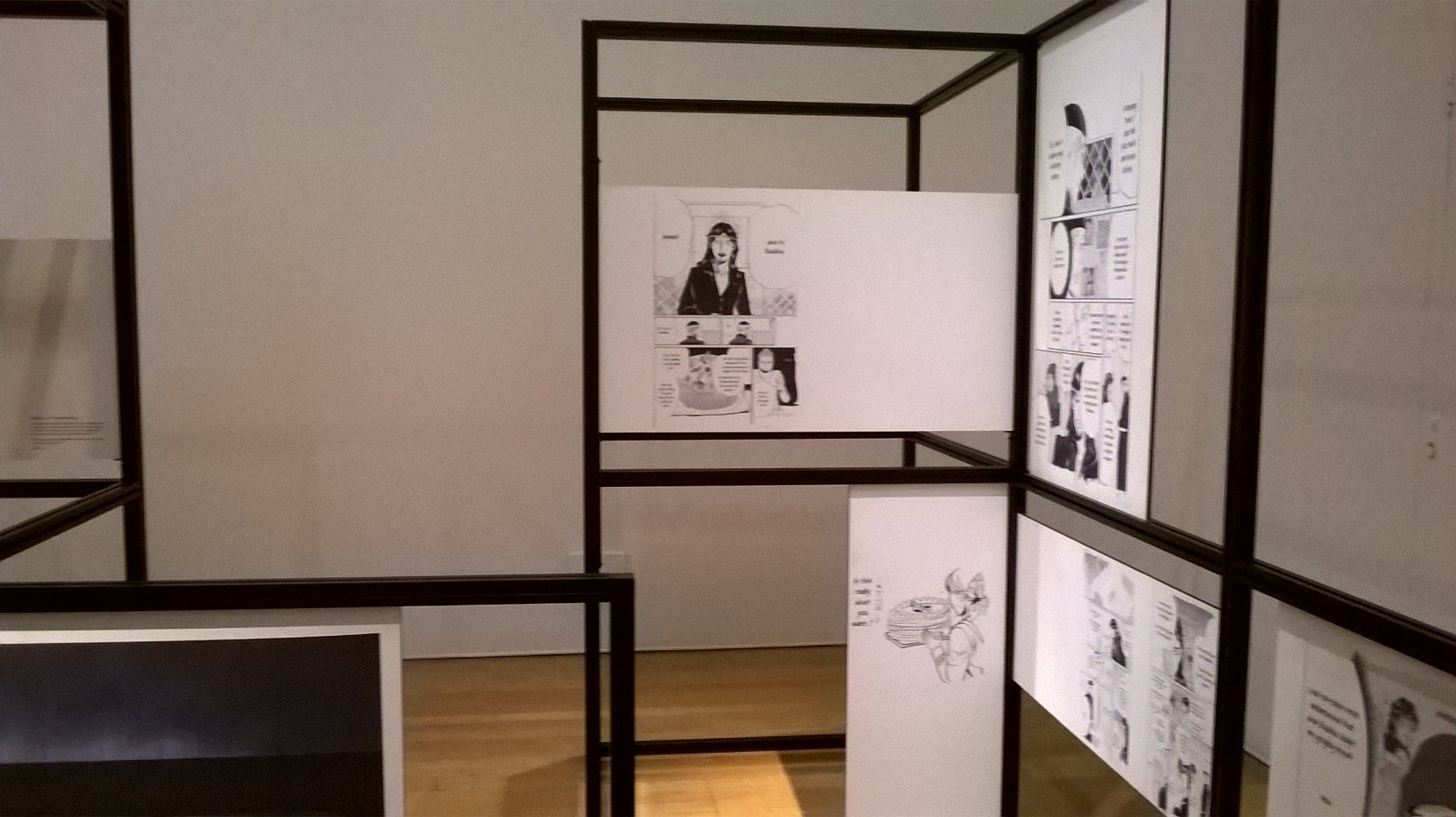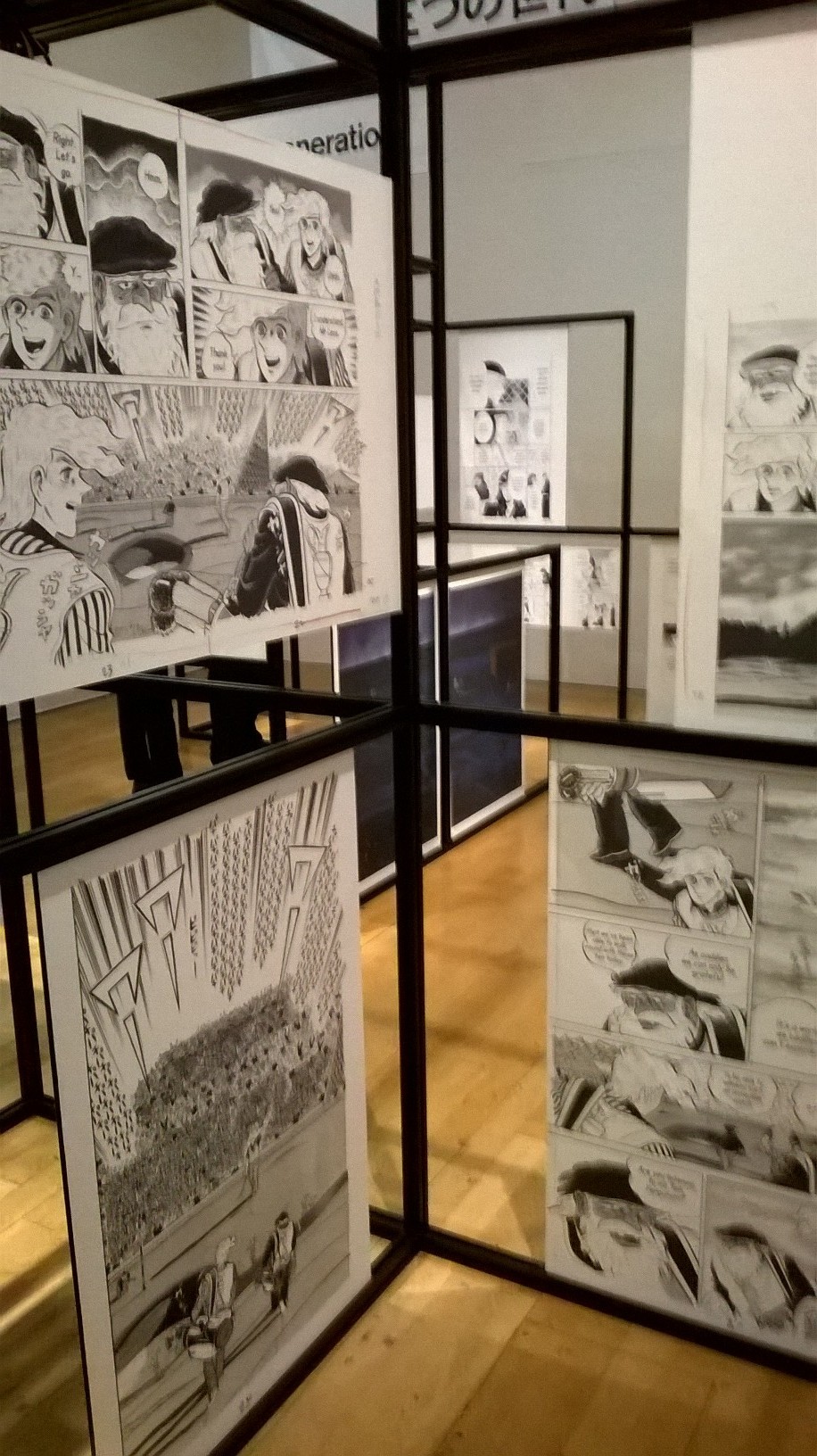It was after riding this wave for so long that we get the Lost Decades, the era when Japan's economy was in freefall after the bubble burst in 1989. I remember this from my childhood as the image of a Japanese banking guy crying and asking for forgiveness was shared across news channels. As a kid I didn't quite get what was going on but seeing an adult crying in the news was seared into my memory. This is a very interesting topic for Alt and he covers this dark time in Japan.
He shares how the film 'Battle Royale' captured the mood of the nation as it showed the youth rebelling against authority and the dystopia consequences. The film isn't obviously based on a real life situation but captured the mood of the country well. As companies went bankrupt and suicide rates spiked the youth looked for an outlet, which led to heightened personalised fashion, a rise in cosplay and fandom in public spaces (esp. Harajuku), a growth in video games but also hakikomori, a process of shut-ins who subsisted with the barest minimum but managed by being plugged into their interests at home.
However, from this darkness rose schoolgirls and young women who helped pick up the pieces of their shattered country. Chapter 6, Empire of the Schoolgirls, looks at how they it was this demographic embraced a chance to be a more active part of economic society and became taste makers in things thought juvenile, Hello Kitty, highly kitsch cheap fashion, cute (kawaii) fashion and expensive but playful jewellery. It was they who embraced new technologies better and more voraciously than anyone else, for example when the iPhone launched it was a huge success across the world, except in Japan where girls didn't like it as it didn't have emojis. Apple learned their lesson and made sure they included emojis from there on out... Lessons about the buying power of this market were learned. Also fashion brands learned from Hello Kitty about ‘Communication Cosmetics’, providing practical or fancy goods with a logo or icon that brought about a collegiate or group atmosphere. I experience this sometimes when I wear my video game themed tops, which have a subtle detail harkening back to video games of my youth and I occasionally have someone chat to me. My clothing is like an affiliation or a collective memory of a tribe.
Chapter 7, The New Anime Century, is all about manga and anime. As an Evangelion fan, the chapter on the release of the much hyped 'End of Evangelion' was interesting as it showed how an emotionally scarred and impotent main character, Shinji Ikari, chimed with many of the youths of 1995. With the economy still in tatters and the prospects looking gloomy, Ikari embodied the emasculation that many in the patriarchal society felt. In fact, when I travelled to Japan in 2013 Evangelion adverts still proliferated, shilling new perfumes. The show has had a looong tail and when it was brought over to Netflix earlier this year after years of legal wrangling about various rights issues it was considered a huge coup. Evangelion stood on the shoulders of giants as a giant robot existential series, Gundam. Gundam came out in the early 80s and was a phenomenon. Similar to Star Wars in style but more akin to Star Trek with its long syndication and iterative series, the original Gundam aired for 39 episodes out of a projected 52 and was considered a failure as it failed to shift toys, the measure of anime success. However, protests, marches and gatherings led to new movies, syndication and the rise of ‘Otaku’, obsessive fans. As usual wider society condemned this and there was plenty of youth bashing but what was not realised was that Gundam has created a new way to celebrate fandom as cosplay became the norm and the ephemera of comics, novelisation, models and other collectables based on an intellectual property became the norm. This was new.
We then get a short discussion about how Akira brought 'mature' animation to the art houses of America and Europe, garnering much respect and awe for its music, attention to detail and creativity. What interested audiences was that the art style Was one many recognised from shows in their youth like
This led to many Western countries buying, editing and dubbing old anime and bringing it to their audiences, we had the likes of Star Blazer (Battleship Yamato), Robotech (Macross) and many others. Being American centric, this chapter misses out on the fact that DIC produced many French-Japanese co-produced shows like Mysterious Cities of Gold, Ulysses 31 and the like and so in Europe the anime art style was a huge part of my and many childhoods. The ascent to Akira wasn't so out of left field as we had been brought up on the art form, even if we didn't necessarily know it. My uncle gave me Akira and Devilman on VHS as an 12 year old and it blew my mind. Alt does have a discussion about VHS and how copies of anime and manga shows were shared and grew from cult to mainstream so he is on point there.
This culminated in the Oscar success of Hayao Miyazaki's Spirited Away which brought anime into the mainstream and Western public consciousness. This was quickly seen in the Animatrix, the Wachowski's sideward tip of the hat at the Matrix's anime and manga forebears. Anime influence also crept into Kill Bill and in series such as Avatar: The Last Airbender the animated series (forget the godawful Shyamalan movie).
Chapter 8 entitled 'Gaming the World' looks at how Nintendo rose to prominence but with the usual American-centric 'Video Game Crash'. It's a compelling if oft told tale which didn't affect Europe which was thriving with its microcomputer scene but in this telling Mario saved the day. As well as the usual retread of the console wars of the 90s with Sega vs. Nintendo duking it out, we get an interesting section on the rise of Pokemon as the unlikely Gameboy system seller in 1998 (a decade after its first release), as well as a look at this multi-media success story which still successfully earns billions every year.
Chapter 9, ‘The Antisocial Network’, looks at the Internet and how it brought different tribes together. 2chan was originally an otaku site where people could share stories, anime and manga but morphed into a more chaotic force, embracing all that is good and the bad. This reached a crescendo with #Gamergate which under the guise of ethics in video game journalism was more like a misogynistic screed against women in the industry. I remember at the time being embarrassed to be a gamer as this became world news as many in the industry were threatened with real world violence whilst also enduring horrific online abuse. This hate hidden under the pretense for 'Freedom of Speech' was tapped into by Steve Bannon, Brietbart and the alt-Right and led to a huge wave of Republican support. However, much good has come out of this forum including Anonymous and its support for Occupy Wall Street, the Arab Spring and support for Hong Kongers against draconian Chinese extradition laws. To be sure 2chan was the progenitor of these online chat spaces and forums but it has had a long tail and its effects are reverberating worldwide.
The Epilogue ends with a look at Haruki Murakami's magical realism and how he taps into the confusing and often surreal situations that exist in the world; there is universality in his works about the human condition that appeals and speaks truth about our existential angst.
Alt says that the world has been led by an attention economy, clicking tapping and swiping away on our phones, but that Covid has created a a state of worldwide hakikomori, but in this case enforced ahut-ins and people have consumed video games, streamed shows via Netflix or Amazon Prime, read and listened to music but more than that, it has led to a spike in creativity.
He ends on a note of optimism that while Japan no longer is at the cutting edge of pop culture and technology, due in part to globalisation and the rise of China and South Korea, there is still much to learn from the country as many conditions in the West were first felt in Japan 2 decades ago, it was the true pioneer. However the success of Animal Crossing during the pandemic, Pokemon Go and hologram concerts (which originated in Japan with Hatsune Miku over a decade ago) shows Japan is still a potent cultural force.
Alt’s book is essential reading for anyone with an interest in Japan and the look at the subcultures is fascinating stuff. A worthwhile read and highly recommended by me!
LINK- Japan: My Journey to the East
LINK: Preserving the Spirit of Media Past
LINK- Why I Collect
LINK- The Golden Voyage of Sinbad- Cult Movie Review
LINK- The Transportive Nature of Objects (And the Power of Mini Consoles)
LINK- My One True Gaming Constant in Life- Nintendo
